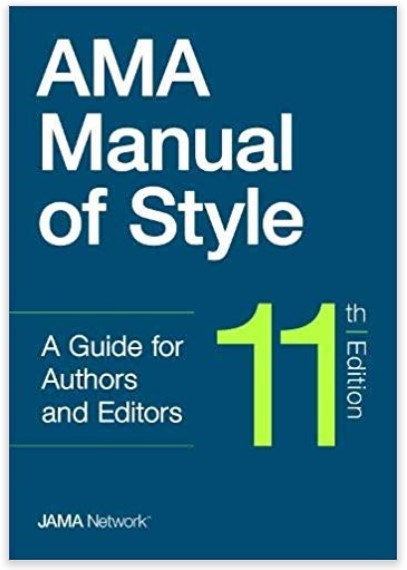When I was completing my thesis during graduate school, one of my most frustrated moments came right at the end of the process while preparing my final manuscript for submission. The school required thesis manuscripts to have a uniform title page, with all the information sized and spaced just so. They provided a template to work from, but somehow, when I converted my finished file to a PDF, one of the signature lines for my advisor’s name kept coming out a fraction of a centimeter too short.
This seemingly simple issue—which ultimately turned out to be a problem with an outdated PDF viewer on an administrative assistant’s computer—required multiple rounds of emails between myself, my department head, and the graduate school office, and at one point led to me crouching over a physical copy of the page with a ruler the day before the final deadline, begging the thesis gods for mercy.
I understood the need for a correctly formatted title page, but it was frustrating having to spend so much time on such a small problem after pouring months of hard work into my thesis. So when a recent study by LeBlanc et al in PLOS One found that authors of research articles reported spending a median 14 hours on formatting their manuscript for publication in a peer-reviewed journal, I was surprised, but not without sympathy.
As an editor, I’m often communicating with authors to resolve relatively small questions about style and format: is the header in this table really meant to cover both of these columns? This figure looks good, but can you resend it in a different file format? When you gave this value as 48.5% in the Methods but 48.45% in the Table, was it inconsistent rounding, or is this a different result?
The Instructions for Authors for JAMA Network’s journals (not to mention the AMA Manual of Style) offer guidance on many of these formatting points, from how to format tables and figures to how to present numbers for certain types of data. It may feel overwhelming or frustrating to authors on top of all the work required to write up their study to have to go through all those seemingly small details before their article has even been accepted. But there is a reason these formatting instructions are given to authors before submission.
Chapter 2 of the AMA Manual of Style focuses on manuscript preparation, and the chapter’s introduction makes the point that properly preparing a manuscript according to journal requirements “may enhance the chances of acceptance and expedite publication.” Just like decent grammar and correct spelling allow a reader to focus on a writer’s message without distraction, a cleanly formatted article makes it easier for editors and reviewers to focus on the content of the work and more quickly ensure that certain required elements are present.
And, of course, formatting requirements are ultimately set with the scientific content in mind, with the goal of ensuring all methods, data, and findings are presented clearly, correctly, and unambiguously. For authors wanting to better understand what goes into a properly formatted article (and for some insight into the why behind certain style and formatting requirements), chapter 2 of the style manual is a valuable reference.
The PLOS One article by LeBlanc et al recently made the rounds in some of the online editing circles I follow, and one commonly raised question was how much unnecessary time authors may be spending following out-of-date instructions. With most publications now having their instructions and submission processes moved online—making them able to update their guidelines more efficiently—I wouldn’t imagine this to be a common risk. For example, the JAMA Network journals have their Instructions for Authors updated regularly to reflect any changes in style or procedure and to correct any inconsistencies that may pop up. There’s a “Last Updated” date posted at the bottom of the instructions page so authors can be sure they’re working with the most recent version.
I would also encourage authors to remember that if they do have a question about formatting or something in the instructions for authors, they can feel welcome to email that question to the journal. Someone in the journal office may be able to provide guidance that will help clarify the process. It’s also possible that a question may lead to the correction of an inconsistency in the instructions, which can make things that much easier for other authors down the road.
And as a final tip, to speak from personal experience: it never hurts to make sure your PDF viewer and other programs are all updated.–Kirby Snell

